

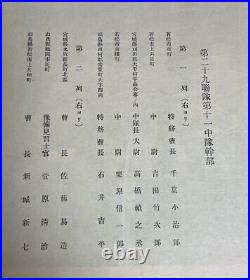
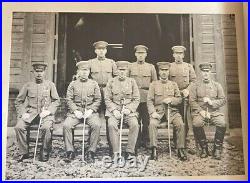
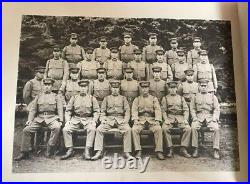

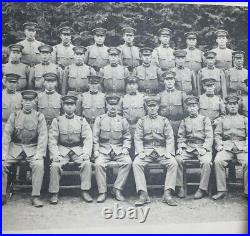



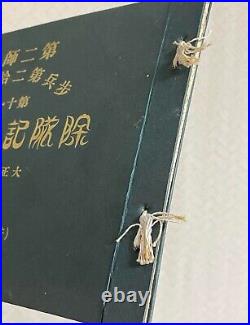
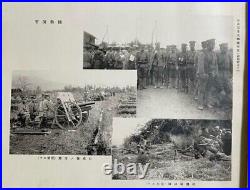



This is an extremely rare discharge commemorative photo album from November 1926 (Taisho 15), issued to members of the 11th Company, 19th Infantry Regiment, based in Aizu-Wakamatsu, Japan. The 19th Infantry Regiment-often called the “Wakamatsu Regiment”-was a regional unit of the Imperial Japanese Army’s elite 2nd Division, with a deep connection to the samurai legacy of Aizu, one of the last strongholds of the Tokugawa shogunate. This album contains 13 pages of original photographs, showing military exercises, formal group portraits, and everyday life of the soldiers shortly before their honorable discharge. The Wakamatsu Regiment carries profound historical weight. By the 1920s, the regiment was stationed in its home region and served as a symbol of local pride and military tradition. Discharge albums like this were never mass-produced-they were made in limited quantities, often commissioned by the soldiers themselves or their company officers, and distributed only to members of the unit. This book is not just a photo album-it is a rare, original artifact from a bygone era of Imperial Japan. Date: November 1926 (Taisho 15). Unit: 11th Company, 19th Infantry Regiment, 2nd Division. Region: Aizu-Wakamatsu, Fukushima Prefecture. Studio: Sankokan Studio (official supplier to the Imperial Japanese Army). Content: 13 pages of photographs (including group shots, drills, shipboard scenes, and artillery practice). Language: Japanese captions, some pages with English translations. Condition: Good considering its age; please see photos for details. Why It’s Special. Imperial Army-approved photography studio. Official discharge commemorative piece-not for public distribution. Ties to Aizu samurai tradition and Meiji/Taisho military heritage. Unique insight into the life of pre-WW2 Japanese infantry. Own a Piece of History. This photo album brings you closer to the real men who stood at the crossroads of Japan’s military tradition and modernization. Approximate 7-21days(To USA).



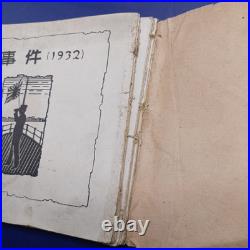
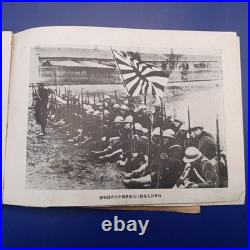

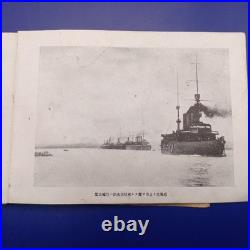
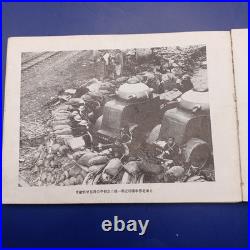
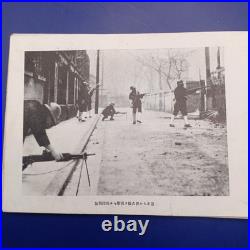
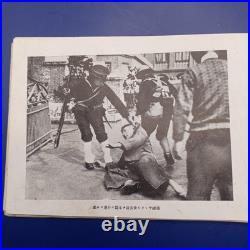

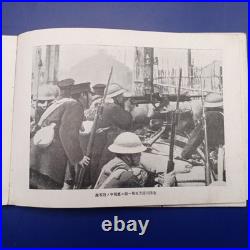
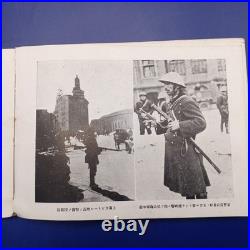
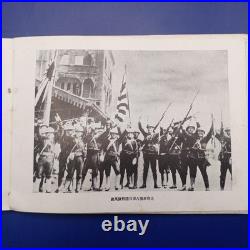



This book contains multiple photos of the Shanghai Incident. Mini size book, a book small enough to fit in your hand. There are some damage scratches, Writing. And pages detached from spine. We do not mark merchandise values below value or mark items as? Japan, US and International government regulations prohibit such behavior. About Importer’s Obligation.



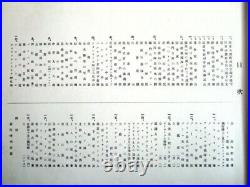


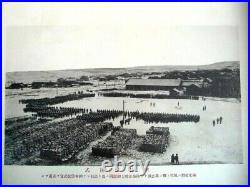

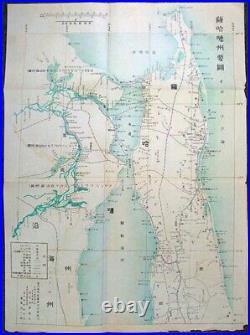
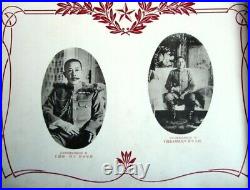
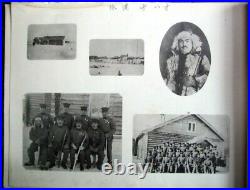
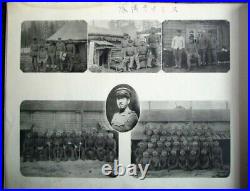
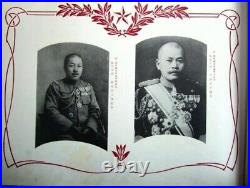
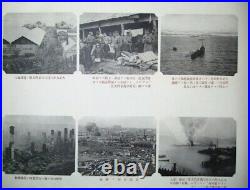
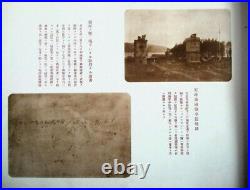
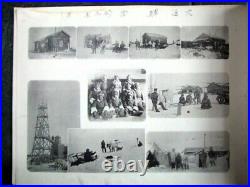

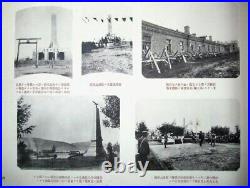


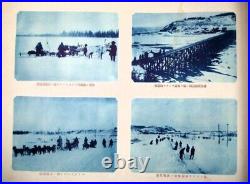
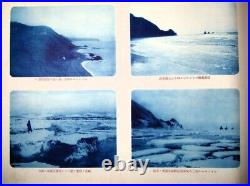
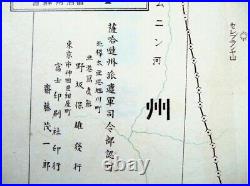
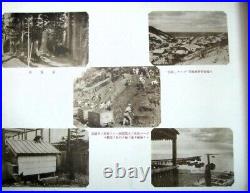


Explore the fascinating history captured in this. Antique Imperial Japanese Photo Album. From the Taisho era. This rare album documents Karafuto (present-day Sakhalin), a territory once under Japanese control and later reclaimed by the Soviet Union (Russia) after World War II. Published in Taisho 13 (1924), this album showcases a unique blend of colonial and local perspectives. Photos of settlements, local residents, and Japanese military outposts. Scenes from Sakhalin, showcasing cultural interactions and daily life during Japanese administration. Includes rare images of the region before its transfer to the Soviet Union post-World War II. Visible wear and tear due to its age, including tape-repaired pages, discoloration, and minor damage. Despite the condition, this album remains a valuable historical artifact offering insights into a complex period of East Asian history. This photo album is not merely an item but a piece of history, capturing the cultural, political, and geographical dynamics of a bygone era. A must-have for collectors, historians, and enthusiasts of Imperial Japanese and early Soviet history. Don’t miss the opportunity to own a historical gem that provides a window into the geopolitical changes of East Asia in the early 20th century. Approximate 7-21days(To USA).



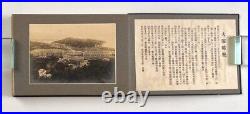

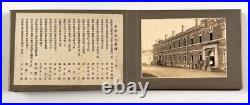
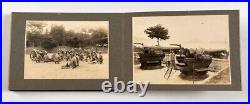

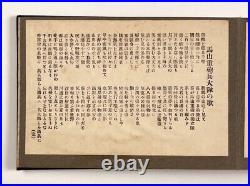
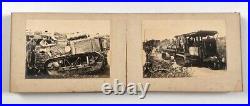
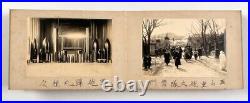


Ww2 imperial Japanese photo album. RARE HISTORICAL TREASURE: 1922 IMPERIAL JAPANESE ARMY PHOTO COLLECTION. Original retirement commemoration photo album from Masan Heavy Artillery Battalion, 1st Company. BONUS: Additional vintage photo book included (Total 2 books). Contains 74 exceptional historical photographs. Size: 13.2 cm height. Complete panoramic views of military facilities. Rare images of period artillery and weapons. Authentic barracks and daily military life scenes. Korean colonial period documentation. Extremely rare 100-year-old military documentation. Exceptional research value for military historians. Invaluable record of Japanese military presence in Korea. Perfect for collectors of military memorabilia. Important historical document from the colonial period. Shows expected age-related wear. All photographs remain clear and viewable. Well-preserved considering its century-old age. Complete and intact album. A unique opportunity to own an authentic piece of military history! Approximately 5-7days(To USA).





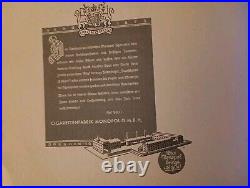



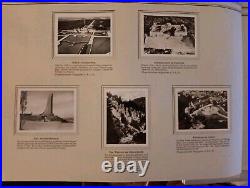
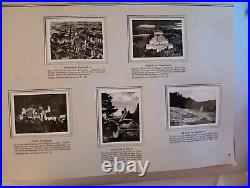

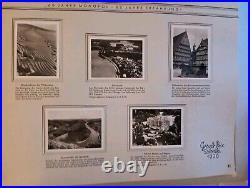
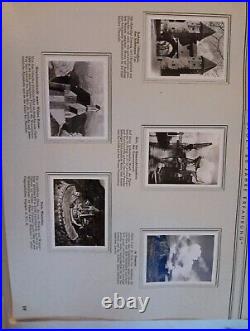
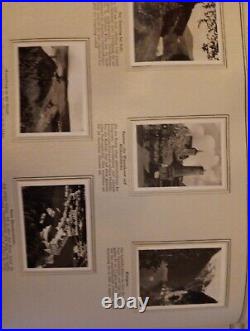
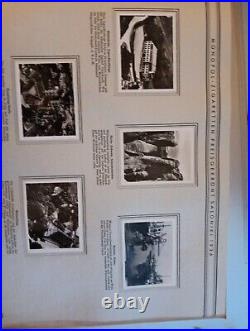
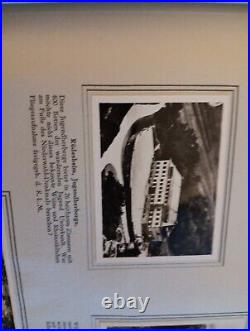




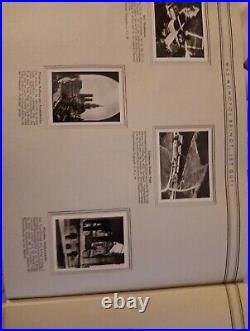

This is a complete set of 1936 German cigarette cards and album, featuring all the original photos. It is a rare and scarce collectible item for anyone interested in militaria. The cards and album are in their original form and have not been modified. The set includes all the cards and an album with complete photos. The theme is militaria, and the time period of manufacture is 1919-38. The item is from Germany and is an original period item. It is a great addition to any collection of collectibles, militaria, or original period items.




Reich Defence Reich Heer w/ Reich Marine. This vintage Cigarette Card Album is a number one reference for anyone interested in the Reichswehr [Reich Defence] from 1921. Album features 280 captioned color cards with gold border depicting all aspects of the Reichswehr, to include Army Infantry, Mountain troops, Cavalry, Artillery, Engineers, Transportation, and Signal Branches, and includes training and barracks life. Also included is Railroad Artillery and the early development of the Panzer Forces. Thirty-four color cards deal with the German Navy (Reichsmarine). Also a superb uniform reference book. Silver cover features, in the center, a gilt Reichswehr eagle surmounting a black shield. Complete with all colored tobacco cards! Good exterior and very good interior. Wrappers and spine slightly rubbed, else ok. All pages are complete and tight in the binding. Approx/Measurements: 12-1/4″ x 11-3/4″ 2.2 lbs. Published by Cigaretten Service.


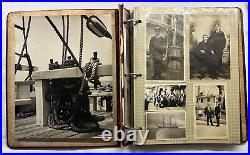

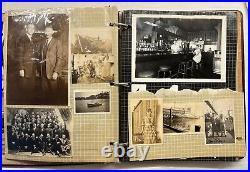
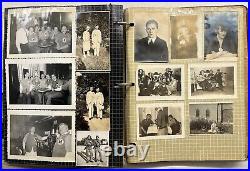
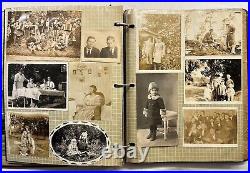
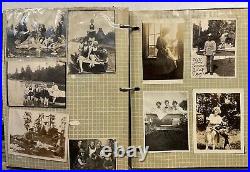
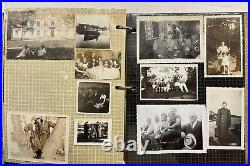

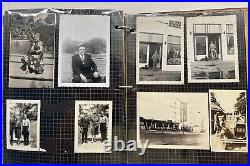
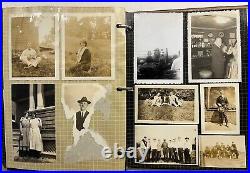

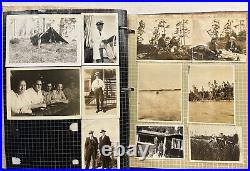
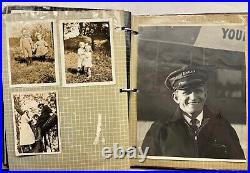
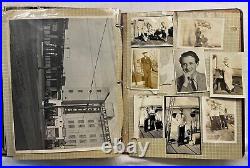


We are pleased to present very interesting snapshot family photo album, 1920s through 1940s, including a number of USCG Pequot images as well as personal photos. They are all glued to the pages. The guys at IndicatorLoops site go to. The Missions: 1920s & 30s: Between the Wars did a nice job helping me with captions and details on the Pequot images. The family appears to be Swedish and some of the photos may be from Sweden, although there are mostly New York photos I think. The cover is detached from the 3-ring binder album; there are some torn-out photos included.



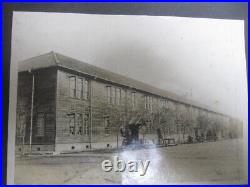
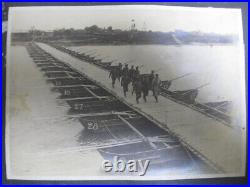
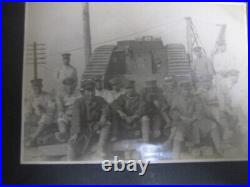
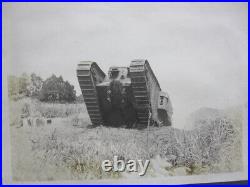
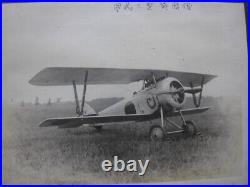
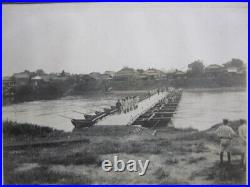
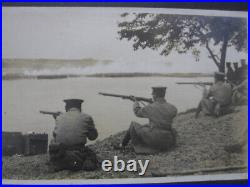

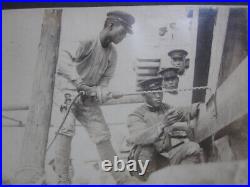

Photo album of the. Of the former Japanese engineer school. It is thought to be from the Taisho period. 2.5cm There are 48 photos. Contains rare photos of British lozenge tanks and Type 3 fighter aircraft (originally the French Nieuport 24). I think it is valuable as a reference material. Since the title says detachment, this is a photo of the dispatch destination. International Buyers – Please Note.




It is a treasure trove of information on German Army uniforms during this period. Indicating above each image the region of the uniform Baden, Frankfurt, Bayern, Gotha, etc. 252 coloured cigarette cards In.




German Reichsmarine / German Reich Navy. 294 colored cigarette card pictures. Included are flag-signal charts and naval ensigns plus a chart showing the national flags, etc. All pages are complete and tight in the binding.
























































































































